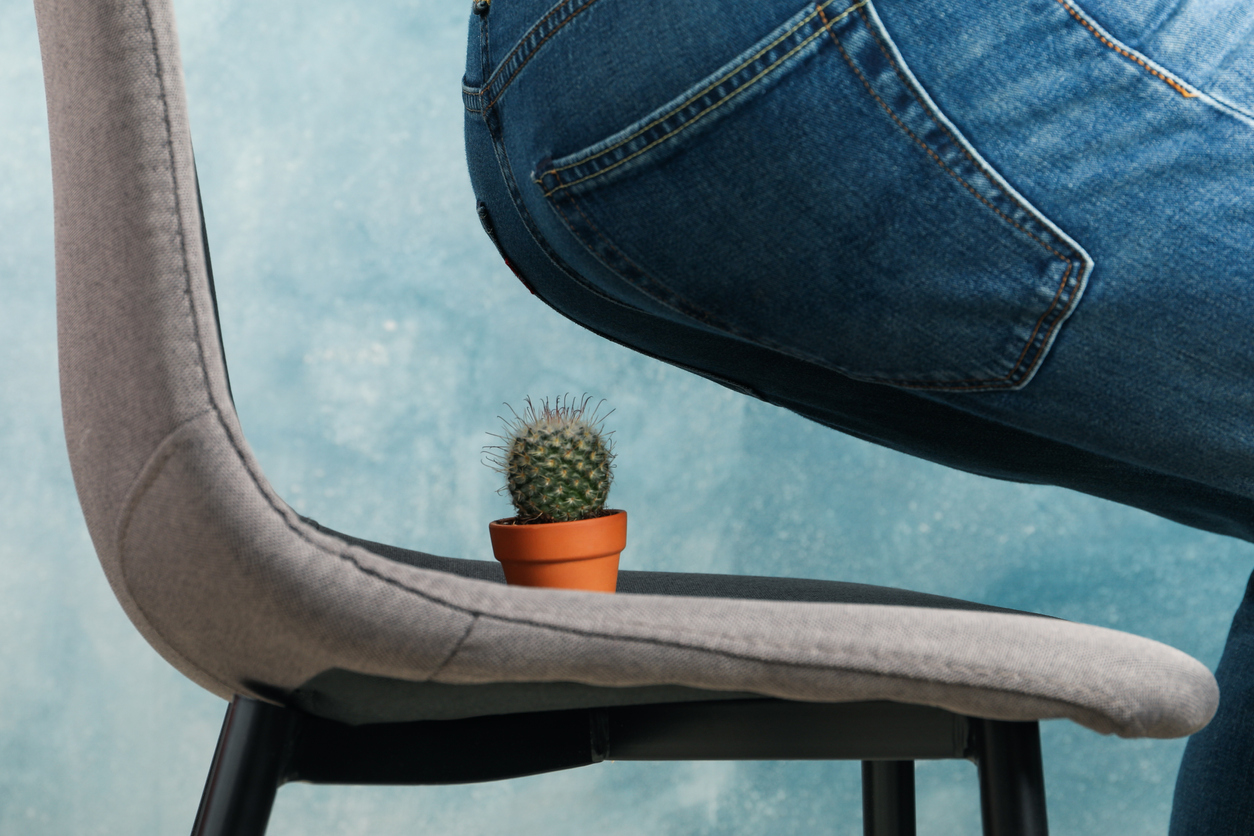
Hemorrhoids: Symptoms and Effective Treatments
Hemorrhoids, also known as piles, are swollen veins in the lower part of the anus and rectum. Similar to varicose veins, hemorrhoids can develop inside the rectum (internal hemorrhoids) or under the skin around the anus (external hemorrhoids). They’re a common condition and not usually severe, but they can cause symptoms that affect daily life. Understanding the symptoms and available treatments can help manage this condition effectively.
Symptoms of Hemorrhoids
The symptoms of hemorrhoids depend on the type and severity but may include:
- Bleeding: Noticeable bright red blood on toilet paper, in the stool, or in the toilet bowl after a bowel movement, typically without pain, is a common sign of internal hemorrhoids.
- Pain and Discomfort: External hemorrhoids can cause pain, especially if they become thrombosed (when a blood clot forms).
- Itching or Irritation: The area around the anus may feel itchy or irritated, particularly with external hemorrhoids.
- Swelling: You might notice swelling around your anus, indicating external hemorrhoids.
- Lumps: An external hemorrhoid can feel like a hard, sensitive lump near your anus.
Treatment Options
Treatment for hemorrhoids ranges from home remedies to medical procedures, depending on the severity of symptoms.
Home Treatments:
- High-fiber diet: Eating more fruits, vegetables, whole grains, and legumes can soften the stool and increase its bulk, reducing the need to strain during bowel movements.
- Warm Sitz Baths: Sitting in warm water for 10 to 15 minutes several times a day, especially after bowel movements, can relieve symptoms.
- Over-the-counter (OTC) Treatments: Ointments, creams, suppositories, and pads designed to relieve hemorrhoid symptoms can be effective. Products containing witch hazel or hydrocortisone are particularly helpful.
- Proper Hygiene: Keeping the anal area clean and dry, and avoiding the use of dry or perfumed toilet paper, can prevent further irritation.
Medical Treatments:
- Rubber Band Ligation: For persistent hemorrhoids, a small rubber band can be placed around the base of the hemorrhoid to cut off its blood supply, causing it to wither and fall off.
- Sclerotherapy: A chemical solution injected into hemorrhoids causes them to shrink.
- Infrared Coagulation: A technique that uses infrared light to harden and shrink hemorrhoids.
- Hemorrhoidectomy: Surgical removal of severe hemorrhoids is considered the most effective way to treat large or extremely painful hemorrhoids.
- Hemorrhoid Stapling: A less invasive surgical procedure used primarily for internal hemorrhoids. This procedure blocks blood flow to hemorrhoidal tissue.
Preventive Measures and Lifestyle Changes
Prevention is key when it comes to managing and alleviating hemorrhoids. Incorporating certain lifestyle changes can significantly reduce the risk of developing hemorrhoids or experiencing a flare-up. Staying hydrated by drinking plenty of water throughout the day helps maintain soft stool consistency and supports overall digestive health. Regular physical activity also plays a pivotal role in preventing constipation, one of the main causes of hemorrhoids, by stimulating bowel movements. Additionally, avoiding prolonged sitting or standing, which can increase pressure on the veins in the lower rectum, is crucial. By adopting these preventive measures, individuals can not only decrease their likelihood of developing hemorrhoids but also improve their general well-being.
Lifestyle and Dietary Changes
In addition to specific treatments, making lifestyle and dietary changes can prevent hemorrhoids from developing or worsening. Regular exercise, avoiding straining during bowel movements, not sitting on the toilet for extended periods, and staying well-hydrated can all contribute to reduced hemorrhoid symptoms.
Prevention Tips
Preventing hemorrhoids largely hinges on maintaining a healthy digestive system and avoiding undue stress on the rectal veins. Key prevention tips include incorporating a high-fiber diet to ensure soft stools and regular bowel movements, which minimizes straining. Drinking plenty of water and fluids also helps soften the stool and promotes a healthy gut. Regular physical activity is crucial as it can prevent constipation, a significant contributing factor to hemorrhoids. Additionally, it’s essential to heed nature’s call promptly and avoid prolonged sitting on the toilet, as this can increase pressure on the rectal area. By integrating these simple but effective habits into daily routines, individuals can significantly reduce the risk of developing hemorrhoids.
Conclusion
While hemorrhoids can be uncomfortable and sometimes painful, they are usually not serious and can be effectively treated or managed with the right approaches. If you experience significant pain, bleeding, or no relief with home treatments, it’s important to seek medical advice to explore other treatment options and ensure there isn’t a more serious condition present. With proper management, most people can achieve significant relief from hemorrhoid symptoms.
